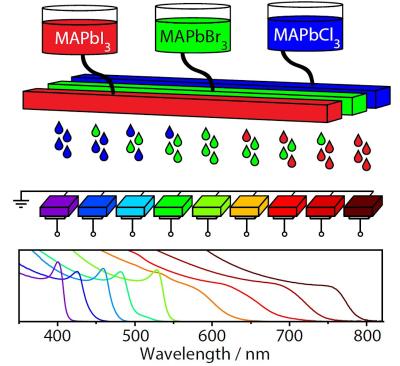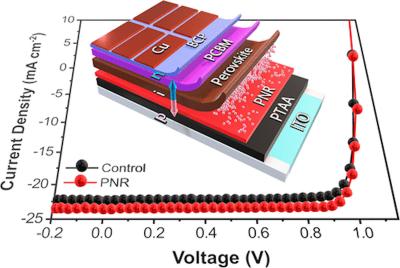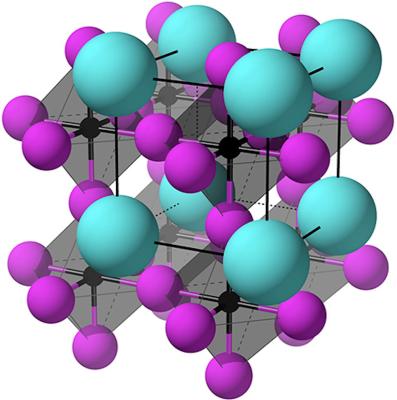The best of 2021 - top perovskite stories
2021 is soon over - and it was an interesting year, still dominated by the global pandemic, but also with an increased need and urgency to develop renewable energy technologies.
Here are the top 10 stories posted on Perovskite-Info in 2021, ranked by popularity (i.e. how many people read the story):
- Oxford PV completes build-out of its Brandenburg factory (Jul 25)
- TCL and Zhijing Nanotech collaborate on pQD solutions for LCD TVs (Jan 12)
- Saule Technologies launches its production line of perovskite solar panels (May 23)
- New comprehensive defect suppression strategy could yield high-efficiency LEDs (Jan 8)
- Saule Technologies announces plan to go public (Apr 20)
- GCL raises over $15 million for 100 MW perovskite solar panel production line (Mar 11)
- When will perovskite solar panels hit the market? (Sep 15)
- Researchers reach 25.6% conversion efficiency using a novel engineering concept (Apr 7)
- Researchers analyze importance and feasibility of recycling perovskite solar cells (Jun 26)
- Flexible semi-transparent tandem perovskite/CIGS solar cell with 26.5% efficiency (Feb 11)




